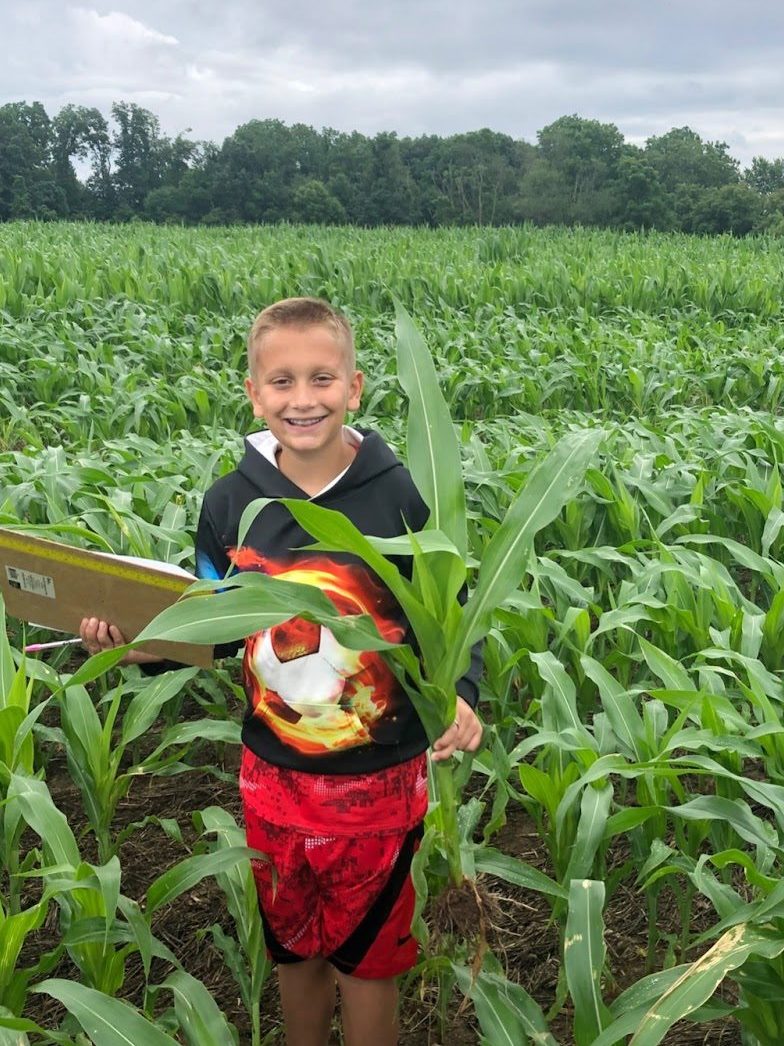This summer we’re hearing from our amazing camp staff. Our Hope College students do the heavy lifting of planning, prepping, and teaching our hands-on camps all summer long! Each week, 2-3 student staff members will recap a camp they’ve led and share tips on how to keep the fun going at home!

Hello everyone! My name is Katie Selenko and I am currently an ExploreHope Staff member! I am a junior at Hope College studying Elementary Education with a focus in English. I believe science camps are a great way to allow students to engage and learn more about the surrounding world. As a child who attended various science camps, I remember being very excited and always ready to learn more! I am excited to be a part of that opportunity now for other kids.
This week I was given the opportunity to lead the Wonders of the Watershed camp. Our main focus of this camp was to see how land use affects our watershed by sampling water and soil from three different stream sites including the Macatawa River at Windmill Island, Zeeland Wetlands, and at Adams Landing. This week we dove into concepts about water quality including dissolved oxygen, pH, temperature, nitrate, phosphate, turbidity, and conductivity. We also talked about soil concepts, such as nitrate and phosphate. We also discussed how stormwater and agricultural runoff might affect the watershed and ways to help prevent it.
My favorite part of this camp was watching students be active participants in the field and engaging in the testing of water and soil quality. It was exciting to see campers get involved and to have them learn more about what we can do in order to help clean up our watershed.
If you want to have a taste of the Wonders of the Watershed camp at home, going to this link will provide you a map of Michigan and what land use is like within each area. Even especially in the Holland/Zeeland area! This is what our camp focused on this week and how different types of land use affects our watershed along with sediment deposition. We discovered this week that areas surrounded by urban land tend to have poorer water and soil quality compared to streams that have a mixture of agricultural and urban land use.